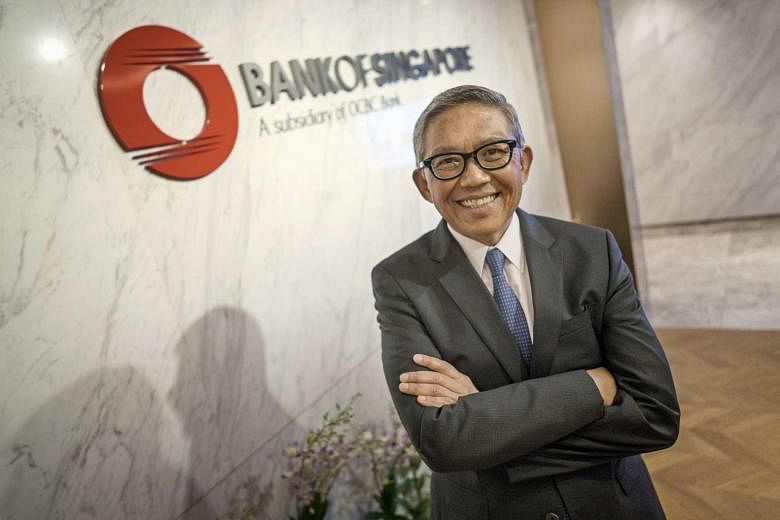SINGAPORE (BLOOMBERG) - Bank of Singapore, which recently bought the wealth-management units of Barclays in Asia, sees the region's private-banking industry shifting towards a fee- based model at the expense of the traditional practice of charging rich clients commissions on their transactions.
"The whole industry is moving into advisory," said Bank of Singapore chief executive officer Bahren Shaari, speaking about private banking in Asia. At a time of volatility in global financial markets, rich clients are more cautious about trading and increasingly prefer the relative consistency of returns from fee-based managed portfolios, Mr Shaari said in an interview Friday at the bank's headquarters.
"Clients can see the advantage of managed portfolios, which take a long market view," Mr Shaari said. "The market is not so friendly to investors now."
Bank of Singapore is the private banking unit of Oversea- Chinese Banking Corp, Southeast Asia's second-largest lender by assets. It had US$55 billion (S$75.54 billion) under management as of Dec. 31, but expects to grow that total to US$73 billion when it completes the acquisition of the Barclays units later this year.
About 17 per cent of Bank of Singapore client assets are in so-called discretionary portfolios and managed investments, where the bank charges a fixed fee for advice, compared with 4 per cent in 2010, when the bank was founded, Shaari said. Transaction-based income has fallen to one-third of its total revenue, a smaller portion than before, Shaari said, while declining to give a comparative number.
Wealth managers in Asia have traditionally earned the bulk of their client income from commissions, in contrast to the situation in Europe where fee-based advice is more prevalent.
Mr Shaari said he expects the trend towards fee-based advice to continue in Asia, adding that it's possible that the proportion of Bank of Singapore client assets in managed and discretionary portfolios will rise to 40 per cent in future. "I don't know what it will reach but the focus is really to continue to increase it," said Mr Shaari.
Wealth managers will need to show clients they are getting good value out of the fees they are paying, Shaari said. "So the focus is on the quality of advice. People will need to know what they are paying for, they want to know what they are getting out of it."
Annual returns from Bank of Singapore's managed investments have averaged 5 per cent on an asset-weighted basis over the past six years, according to company data.
Bank of Singapore agreed last month to buy the Barclays wealth units in Singapore and Hong Kong for US$320 million in cash, beating DBS Group Holdings Ltd. The acquisition is on course to be completed by the end of this year, Mr Shaari said.
The purchase will put Bank of Singapore just behind DBS, currently the sixth-largest private bank in Asia with US$75 billion in assets under management at the end of 2015, according to Asian Private Banker.
Mr Shaari didn't rule out future acquisitions but said "our focus is now on integration" after completing the Barclays purchase.
"We need to not only demonstrate that we are able to acquire, we can also successfully integrate the two organizations, stabilize the teams, have the revenue synergy with the bigger team," he said.
Bank of Singapore was launched in 2010, the year after OCBC purchased ING Groep NV's Asia wealth-management business for US$1.45 billion and combined it with its own private-banking operation. Since then, the bank has reduced its cost-income ratio to about 65 per cent, from 70 per cent when the bank was created, Mr Shaari said.

